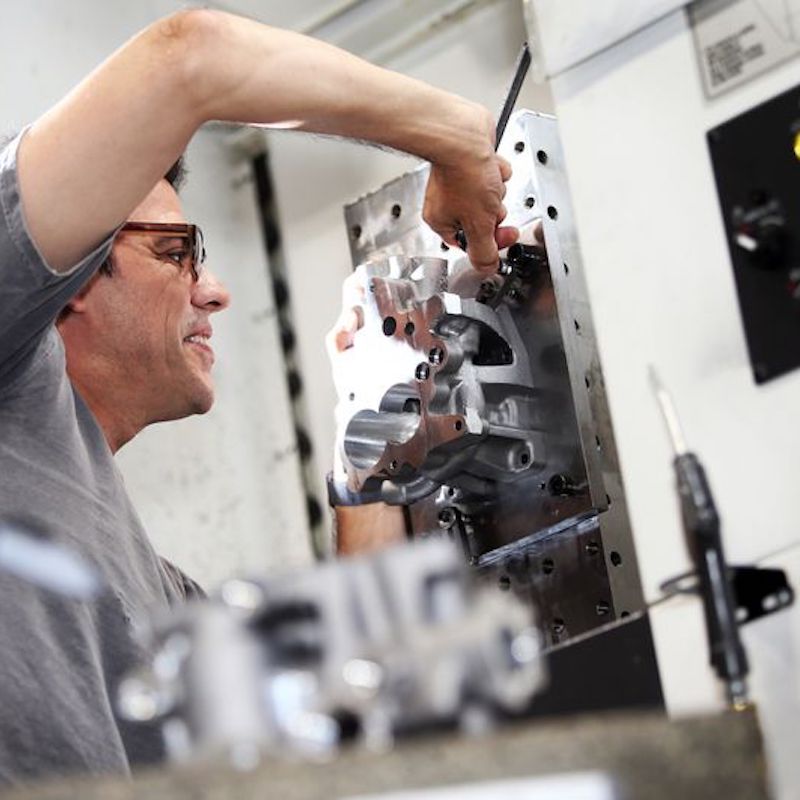Healthcare
Connecticut faces an aging population. There is projected to be a 72% increase in the population 65 or older between 2006 and 2030. This rapidly aging demographic will result in an increased need for healthcare workers, particularly those skilled in gerontology and long-term care. From 2005 to 2011, the number of healthcare and social assistance workers in the region increased by over 11,000. Demands for skilled health care workers continue to outpace the growth of the workforce.
Through interviews, surveys, focus groups, and experience managing training initiatives, CWP has found that low-income health care workers:
- possess basic literacy skill deficiencies;
- lack basic job readiness skills such as punctuality and customer service;
- have inadequate computer literacy and technology skills;
- face challenges in clinical areas; and,
- misunderstand their opportunities for work/educational advancement and earnings increases.
Moreover, employers report that workforce skills deficiencies contribute to unacceptable outcomes for clients and employees. Both employers and low-income incumbent workers cite work-life challenges as contributing factors to performance and career stability. Healthcare reform brings a new set of challenges for healthcare employers which include the critical need for training in healthcare information technology and medical coding. CWP, in partnership with MACH (Metro Hartford Alliance for Careers).
Local Healthcare Occupational Lattice
This workforce solution was funded by a grant awarded by the U.S. Department of Labor’s Employment and Training Administration. The solution was created by the grantee and does not necessarily reflect the official position of the U.S. Department of Labor. The Department of Labor makes no guarantees, warranties, or assurances of any kind, express or implied, with respect to such information, including any information on linked sites and including, but not limited to, accuracy of the information or its completeness, timeliness, usefulness, adequacy, continued availability, or ownership. This solution is copyrighted by the institution that created it. Internal use, by an organization and/or personal use by an individual for non-commercial purposes, is permissible. All other uses require the prior authorization of the copyright owner.

Businesses

Jobseekers

Youth & Young Adults
Ages 14-24

